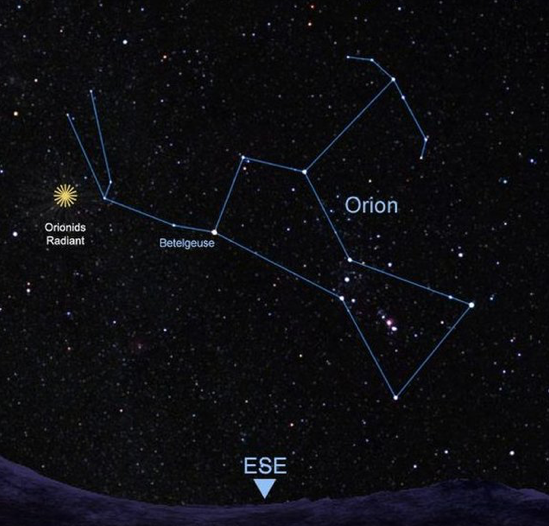The annual Orionid meteor shower will reach the peak of visibility this October, ardent lovers of astrology or amateur stargazers can cast their eyes on the sky this month as the spectacle can be seen from Cape Town, and any where else in the world.
Between October 21 and 22, roughly 15 to 20 meteors should be visible per hour, according to Bill Cooke, NASA meteor expert, but the glare from the moon may slightly inhibit views.
What is the Orionid meteor shower?

The name Orionids comes from the direction in which the meteors appear to radiate, which is near to the constellation Orion (The Hunter). This month Orion will be best visible at around 2am.
The meteors themselves are left over particles from the far larger comet known as Halley’s Comet, this famous comet swings by Earth every 75 to 76 years, and as the icy comet makes its way around the sun, it leaves behind a trail of comet crumbs.
If you miss the original peak from 21 to 22, the show is also visible between October 15 and 29, as long as the moon isn’t washing the meteors out.
Sometimes the shower has been known to peaks at 80 meteors an hour; at others it is closer to 20 or 30.
No special equipment is needed for viewing the meteors, locals simply need to set their alarm and get to a good spot for comfortable viewing.
Besides the moon’s glare, another hinderance can be light pollution, so go on a journey away from the city lights and take 20 minutes to allow your eyes to adjust to the dark.
Unfortunately, binoculars and telescopes won’t assist you in seeing the meteor shower better because they are designed to look at stationery objects and not moving objects.
Picture: Pixabay/Space.com

